We initially explored this topic on our Instagram, but we’ve decided to collect what we discussed and add more here. Let’s delve into the significant transformation of gear used for low-visibility (low-vis) missions during the Global War on Terror (GWOT), an evolution that profoundly impacted the gear industry. We’re slowly transforming and expanding on what we talked about over there, and this is the first part of that expanded dialogue. Here’s the evolution of low-visibility gear and how it affected the house that polymer built.
The “Shoot Me” Vest | Part One
The Shift in Gear Requirements
The Global War on Terror brought about significant changes in the gear used for low-visibility missions. This change became particularly apparent during the years following 2008, as illustrated by two snapshots of our longtime friend, Stony Smith, while he was in Iraq. In 2008, he and his team were fully outfitted with overt armor and pouches—a reflection of the prevailing security protocols.
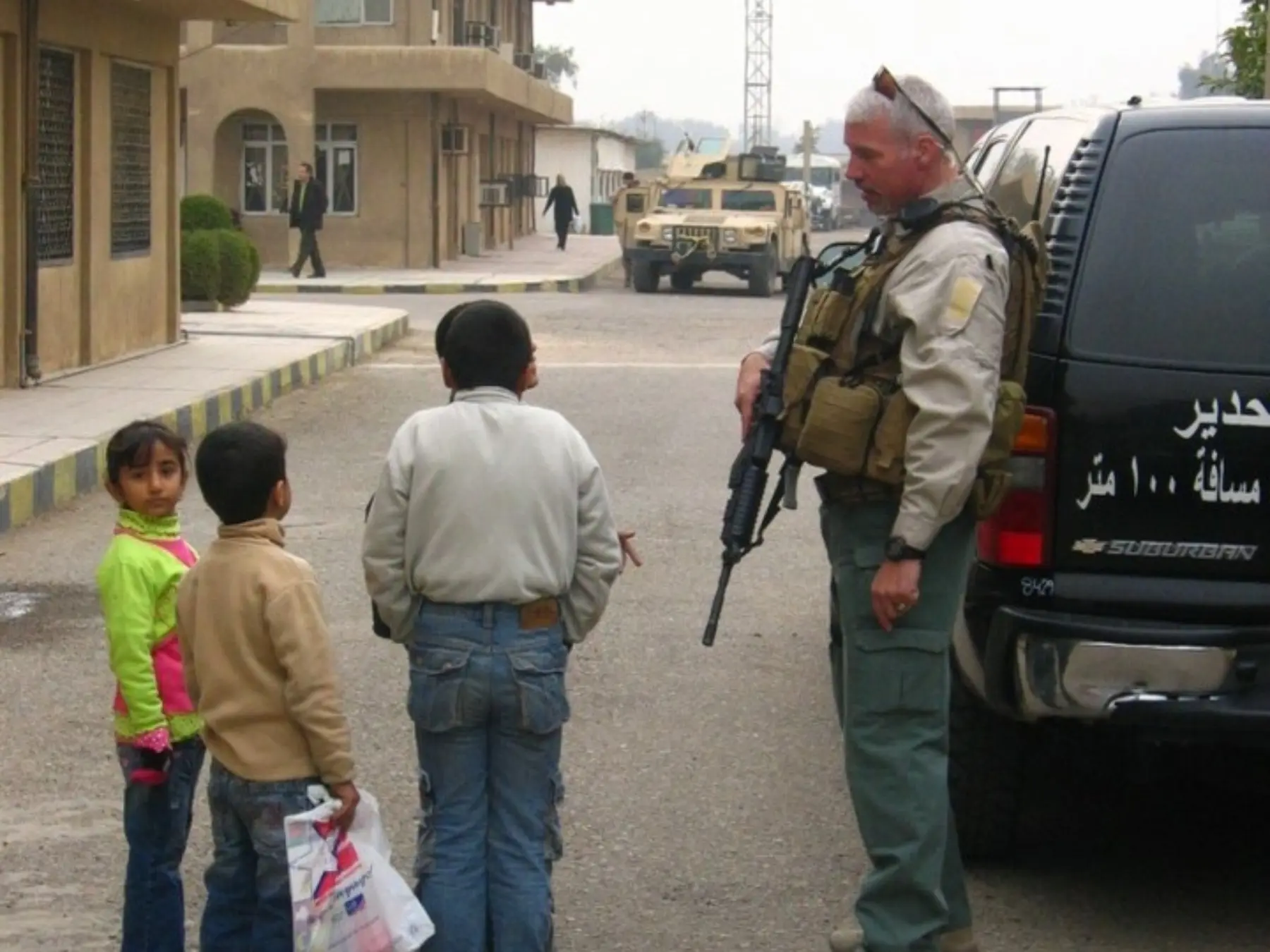
This photo helps show the evolution of low-vis gear in Iraq. In 2008, it was all about overt protection.
By 2010, however, the same contractors— tasked with dignitary protection—had to adopt a much more discreet appearance. They transitioned from heavy-duty protective gear to subtle attire that concealed their function.
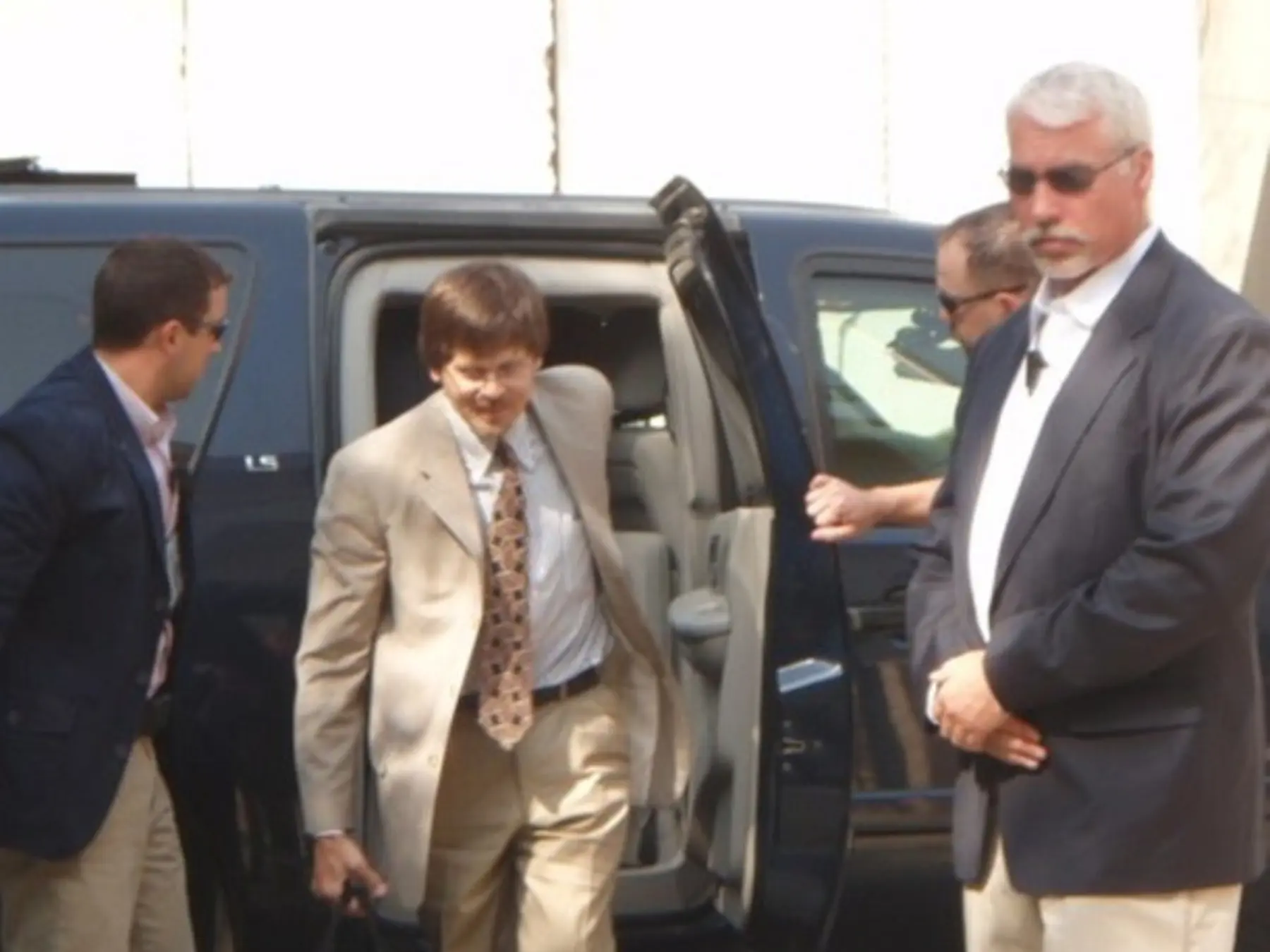
By 2010, contractors were ditching the heavy armor for a more discreet profile. This presented huge challenges – how do you stay equipped and ready for action while blending in?
Many factors contributed to this shift in profile requirements (many of them purely political), but the end result was that in the span of mere months, many dudes went from Eagle CIRAS and DBT Predators with slung rifles to sport coats over a mini-war belt while their M-4 had to be left in a soft case in the truck on the venue.
This is where we really had to get creative with gear design. These contractors understandably wanted to keep as much of their fighting load on their bodies as possible while still adhering to the new requirements about concealment.
This transformation coincided with the rise of our company, RCS, which had been providing gear since 2006. With the swift pivot towards low-protection gear for federal agents and contractors, we found ourselves at the forefront of this change. The necessity for low-vis gear led us to get creative, devising solutions that enabled agents to carry essential equipment discreetly while adhering to the new regulations.
The Vest: A Key Player in Low-Visibility Gear
As we examine the evolution of low-vis gear further, we must address the iconic “1.” It goes by many names: photographer’s vest, fishing vest, CCW vest, and “Shoot-me” vest. Odds are, you know at least one dude over 60 at your local shooting range or gun store who wears one unironically while going about his daily life in the suburbs. But the origin story of this staple of “low-vis” goes back well before 9/11 and the GWOT—with some of the first instances of its global notoriety being during Desert Storm and Bosnia.
The question that must be addressed is: How did this style of vest ever get pressed into this role in the first place? You certainly won’t blend into everyday America wearing an oversized, over-pocketed vest, so it’s a real head-scratcher as to why anyone in their right mind could ever have thought that sliding into one of these would somehow lower their profile.
The vest’s original purpose wasn’t to hide the fact that they were armed—it was simply to make it harder to distinguish which guys were armed from which in the press corps. In many instances, it was less about signature reduction and more about signature differentiation and political optics. When your role is protecting people in high-threat environments, the “photographer’s vest” is the politeness equivalent of chewing with your mouth closed.
Having a political leader protected by a SOF guy (or contractor) carrying a slung rifle while kitted up in overt body armor and camo uniform makes him look more like a junta puppet than a duly elected official who is well protected. Dress that same rifle-armed PSD detail in civilian clothes and 5.11 vests, and suddenly, you have a photo-op fit for the 6 o’clock news.
The Functionality of the Vest
The vest’s structure allowed wearers to carry various essential items without drawing attention to their armed status. The vest became a versatile workhorse in low-vis operations with pockets galore for magazines, radios, and medical supplies and an open-front design for ease of access.
It had pockets everywhere. Inside the vest. Outside the vest. Pockets inside of pockets. You could use the lower outer front pockets as M-4 mag pouches. It had little elastic-topped game pockets on the back, perfect for holding water bottles. The vest had a zipper, but I don’t know if I have ever seen anyone use it. The vest was (and is) almost always seen hanging open at the front to allow it to be quickly swept open for quick access.
Another factor in its ubiquity was the fact that it simplified procurement during a time when every nylon gear manufacturer was perpetually back-ordered on chest rigs, plate carriers, and BALCS/SPEAR cut armor and carriers. The trusty “photographer’s vest” offered a safe solution to equipping the thousands of contractors needed to satisfy various DoS and OGA contract workforce requirements.
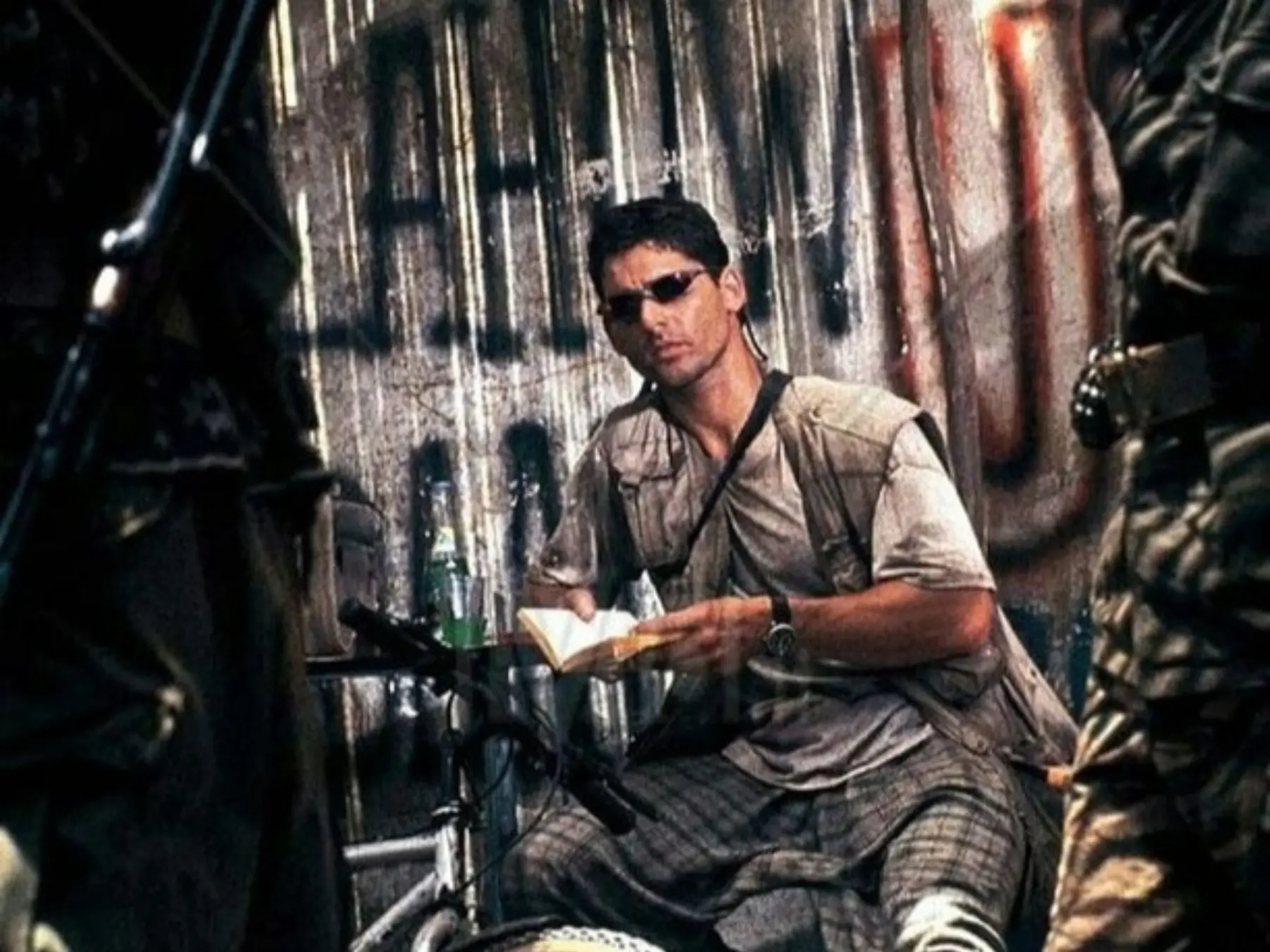
Hoot in Blackhawk Down wearing his photographer vest.
The photographer’s vest emerged as a practical alternative, readily available and accessible to adapt to different agents’ needs. From your average practical protective agent to Hoot in Blackhawk Down, this humble vest carved out it’s niche in the gear landscape. Someone in purchasing could order a few cases of Large, XL, and 2XL vests and know that the guys would at least have a way to carry mags, medical, and some water and snacks when they got off the plane at BIAP or KBL.
The Transition: 2010 to 2023
Fast-forward to 2023, the basic principles of low-vis gear remain remarkably consistent despite changes in clothing style. The design of body armor—existing in thinner and more comfortable formats—has dramatically improved, making it easier than ever to conceal firearm-related equipment.
One thing that has NOT changed is the radio remains the hardest piece of gear to conceal. The size and shape of the radio body, the antenna, and the constant battle with cable routing seems to be just as much of a frustration today as it was 15 years ago. In upcoming articles, we’ll show some of the products we developed to help solve specific needs for this type of low-vis mission — RCS products most people outside of the .gov/.mil world probably haven’t seen before.
A Continual Evolution
The evolution of low-vis gear in the context of the GWOT showcases a fascinating interplay between operational demands and design innovation. As we continue to recount the history of low-vis missions, we will highlight the innovative gear RCS developed and what the future might hold. Stay tuned for Part 2 and beyond, where we will explore more about the role of specific gear in low-vis operations, featuring kit like the Phantom holster, the Battle Chassis and more. If you have experiences from your time in low-vis roles, please share in the comments—we’d love to hear from you! Together, we’ll look back on how an entire industry adapted to meet the challenges posed by an ever-evolving global landscape.
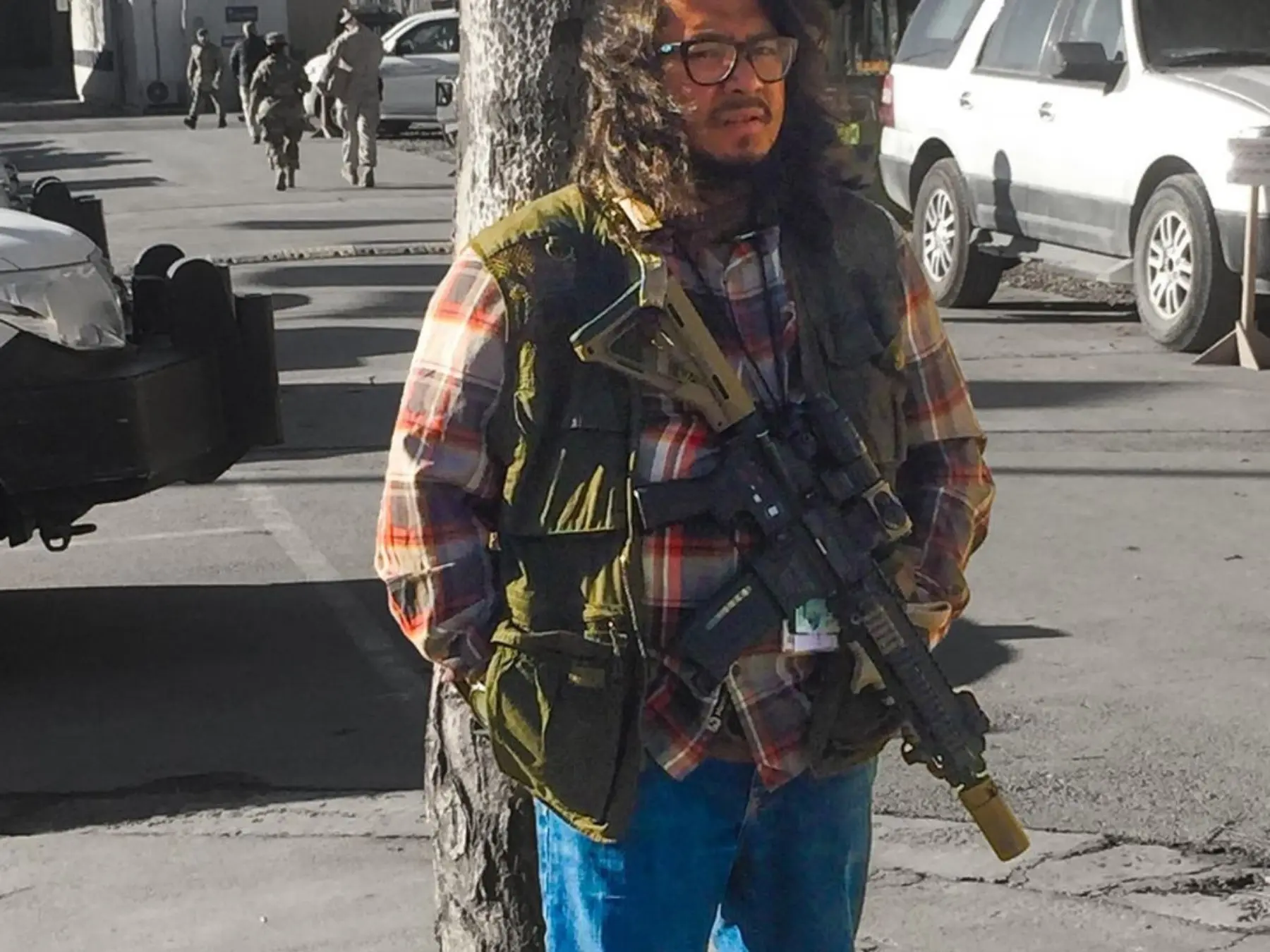
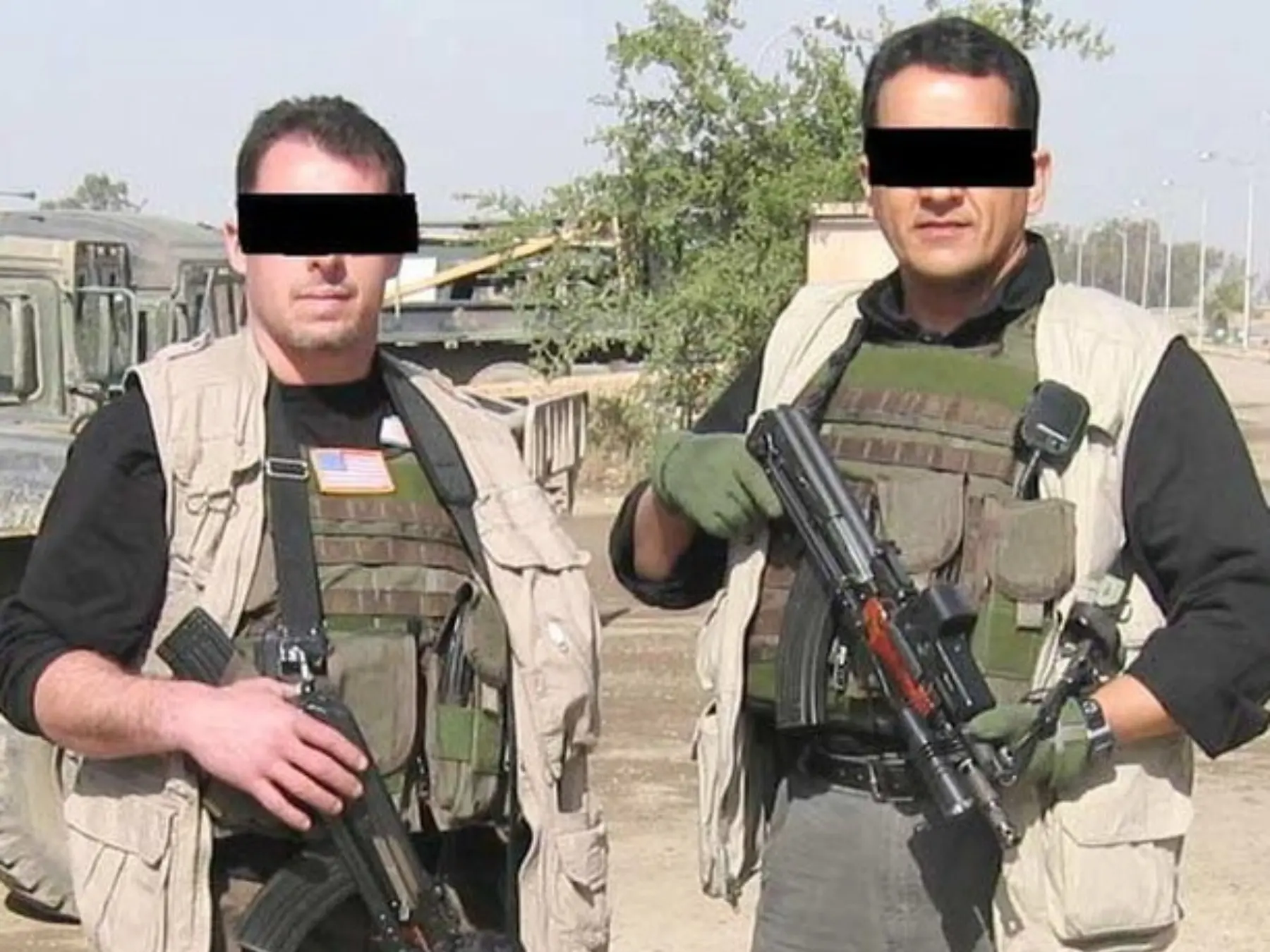
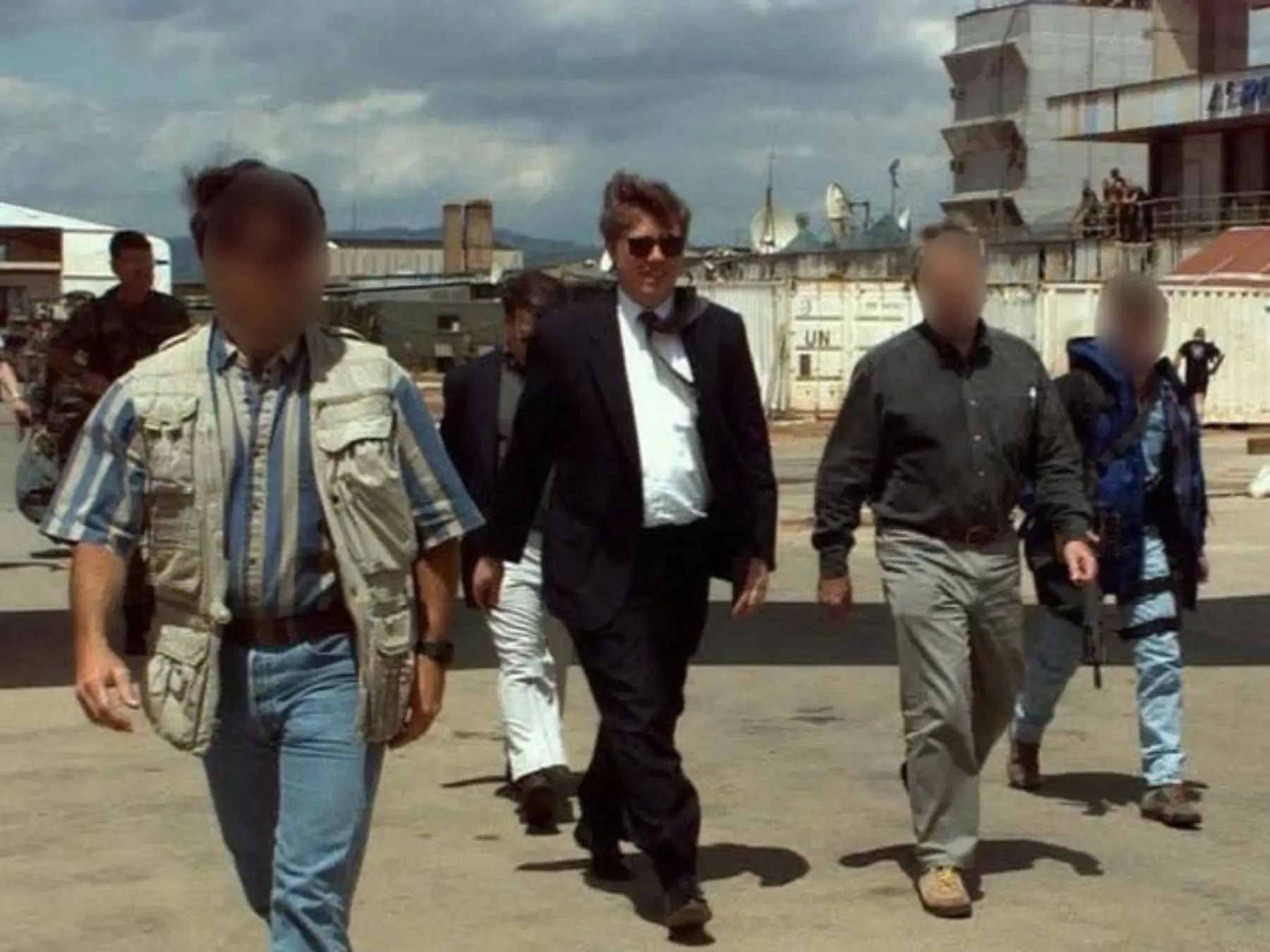
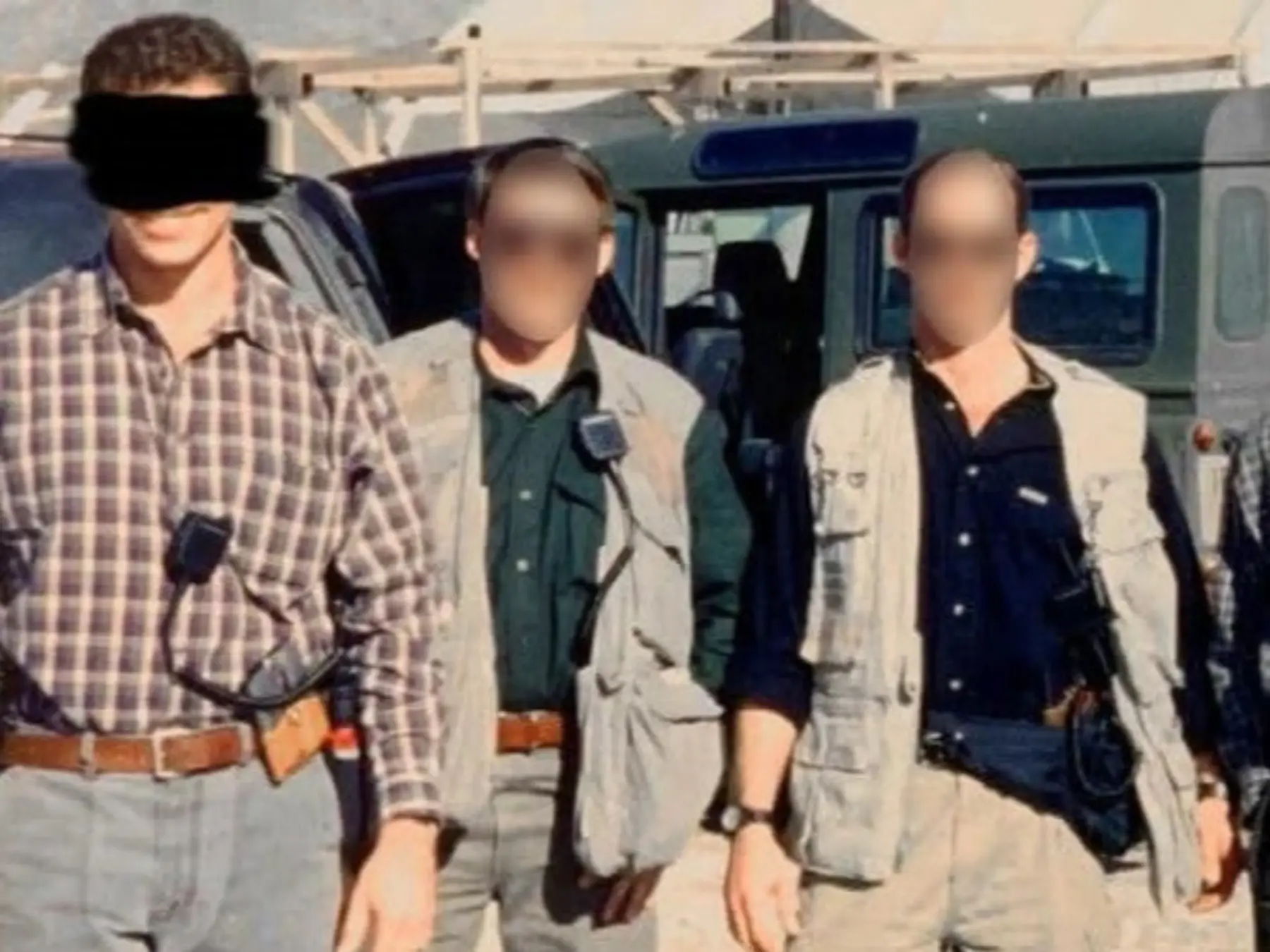
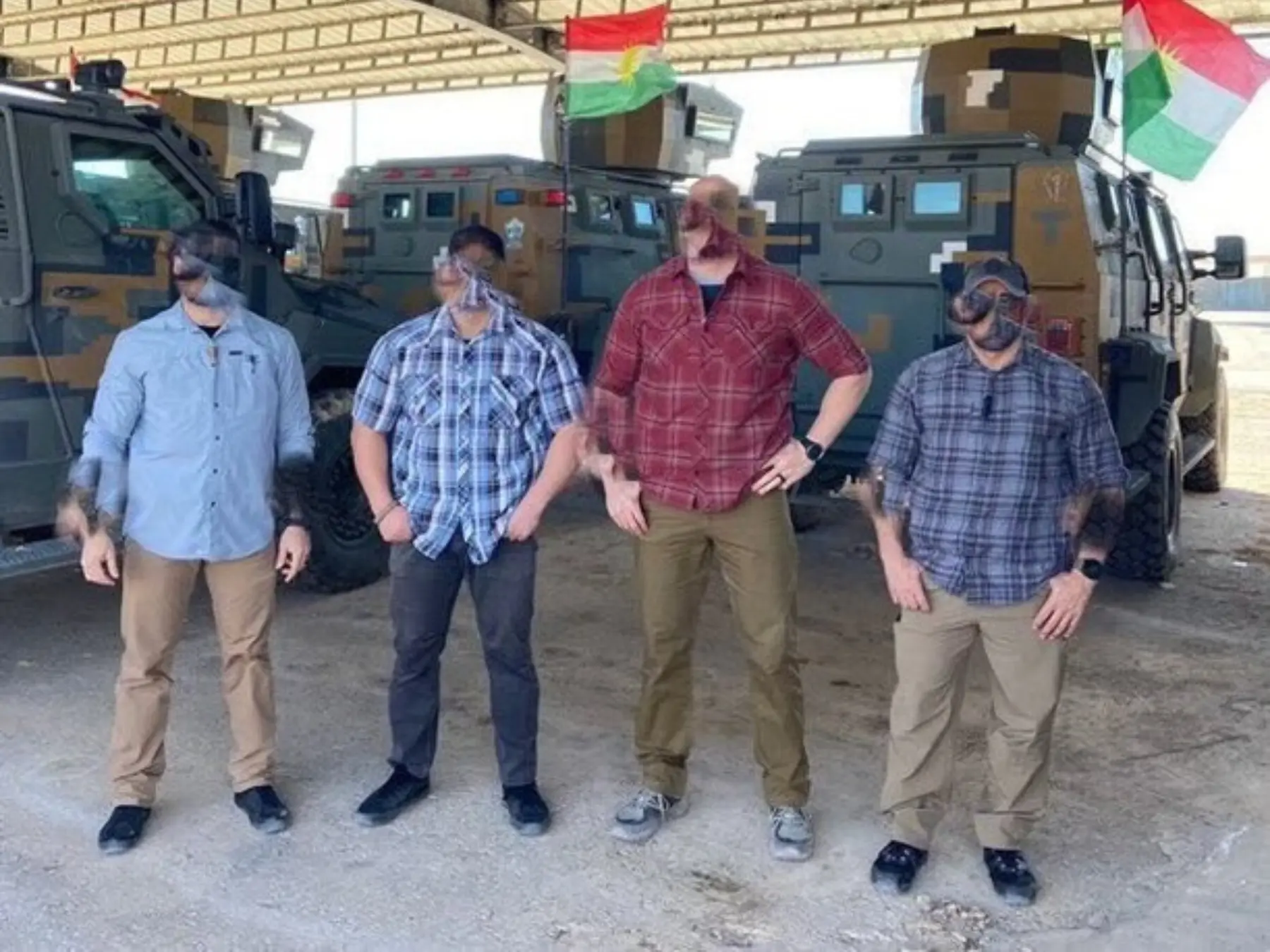
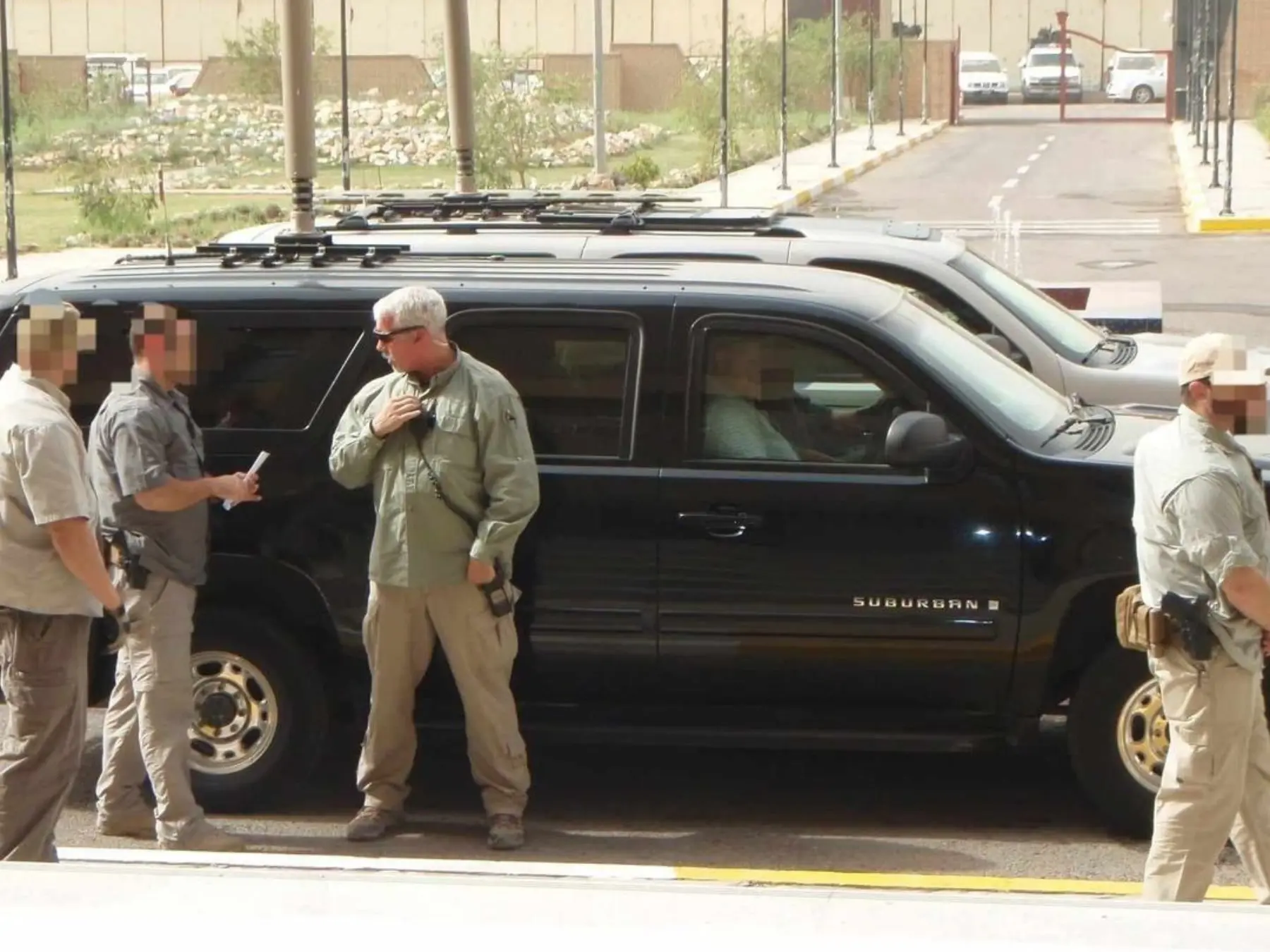
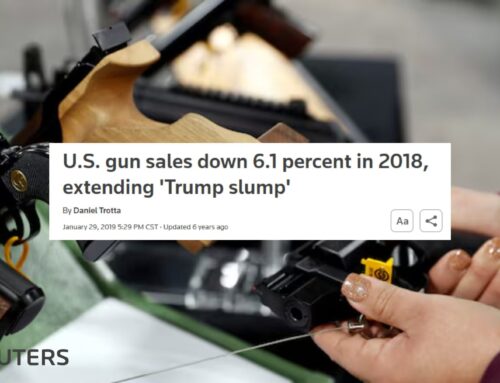
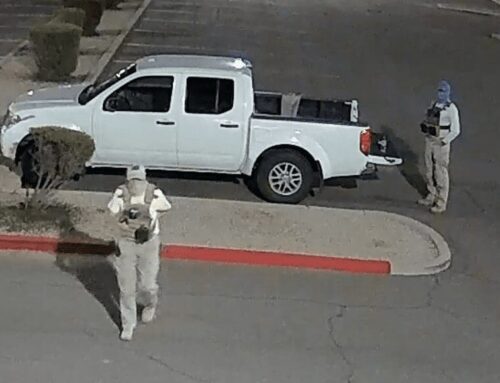
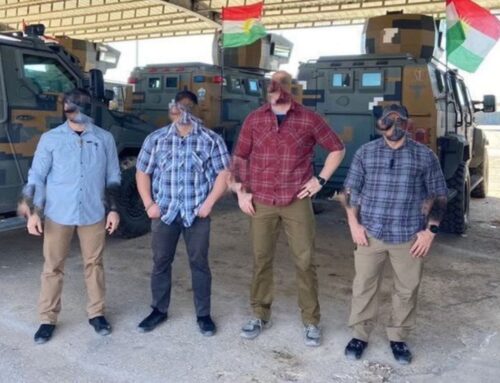

Leave A Comment